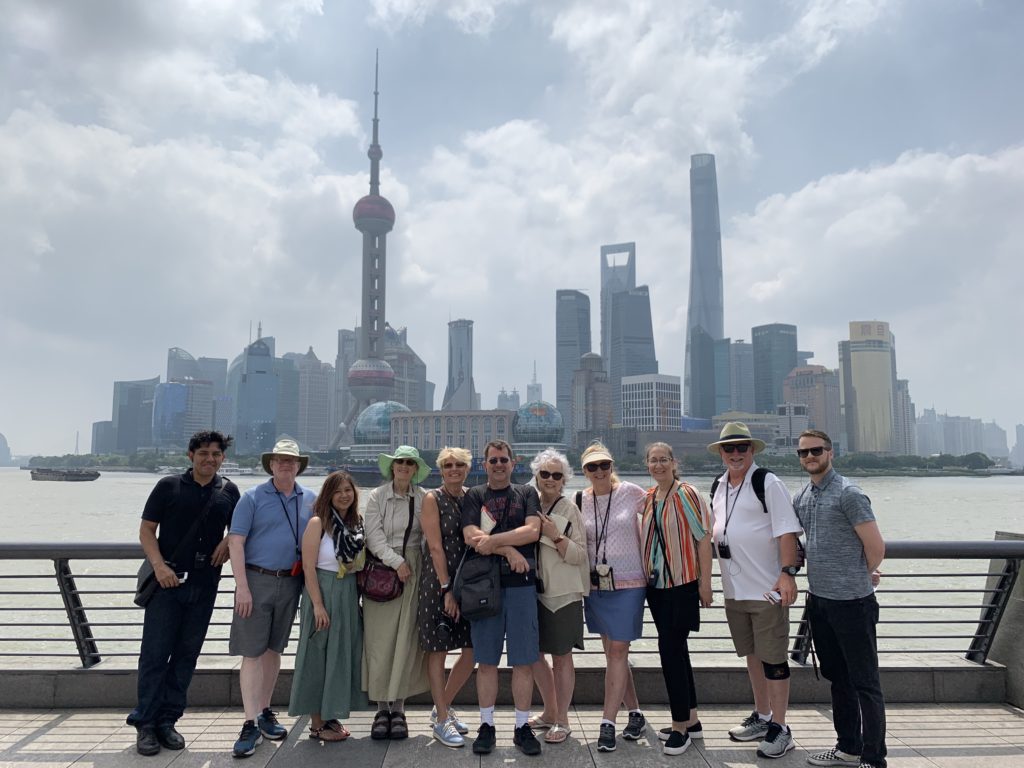
Shanghai – eliciting visions of the the most exotic of cities. Now that I am here, I realize that Beijing is like Washington, D.C., the political capital; Xi’an is more like Boston or Chicago, an historical and cultural capital; Guilin is like Denver, a naturally scenic center; and it is Shanghai that is like New York: bright, brassy, busy and a multi-cultural melange. It has an unusual history which is reflected in its architecture, settled in by the British, the French, the Germans, the Americans and the Russians, who maintained their separate sectors on the edge of the great trading harbor, with famous buildings along the Bund by the water reflecting the great economic wealth of the times. WWII altered the city inexorably, with the Japanese ruling and giving some slack to the Germans and (Vichy controlled) French, their pro forma allies, and the rest of the foreign residents being sent to internment camps, followed soon after by the ascendance of the People’s Republic in 1949 and the cold hard period that followed.
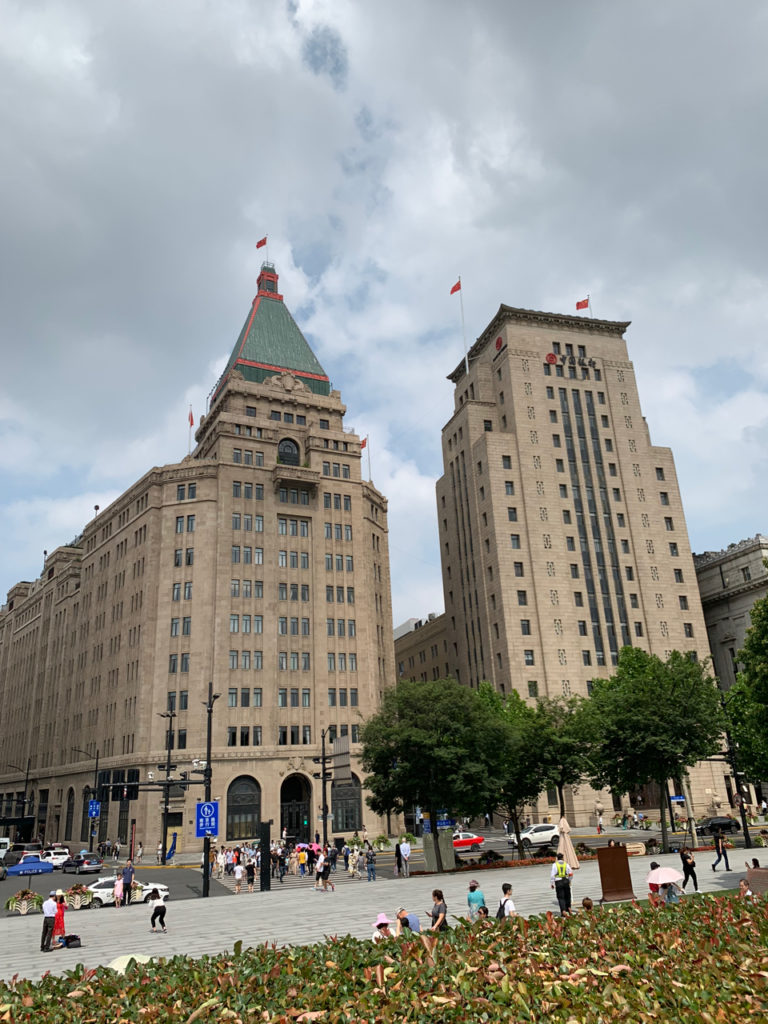
The Bund area with the older buildings maintained for their historical significance and as a tourist attraction is beautiful and provides a vista of the space-age modern Pudong development on the other side of the water.
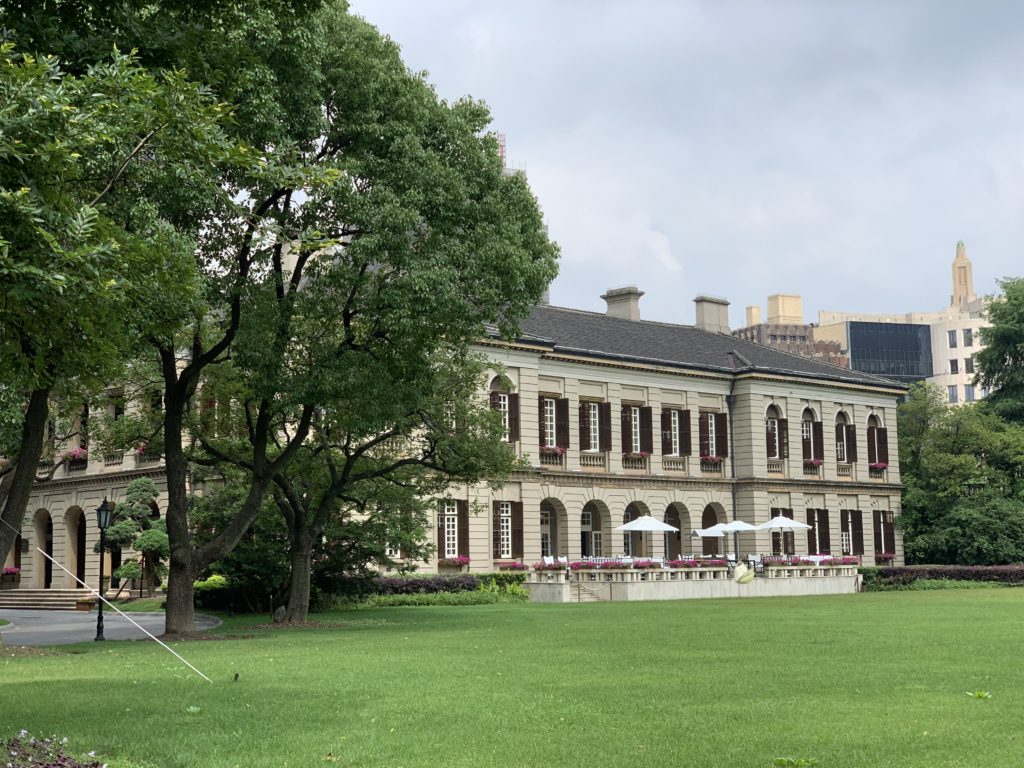
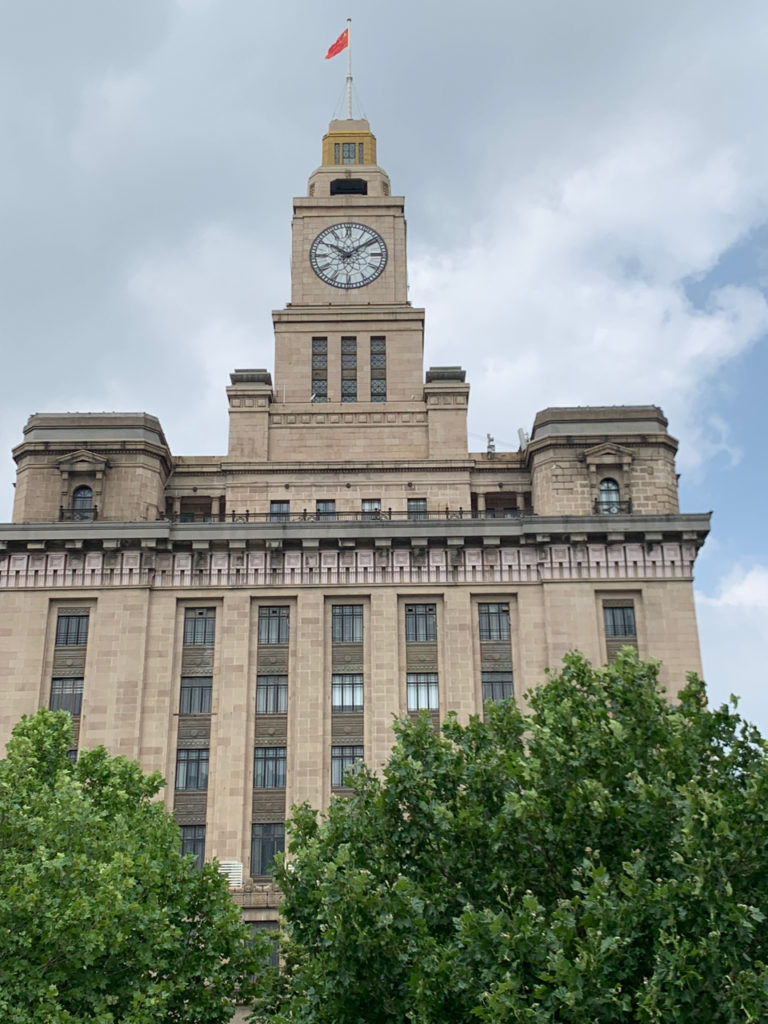

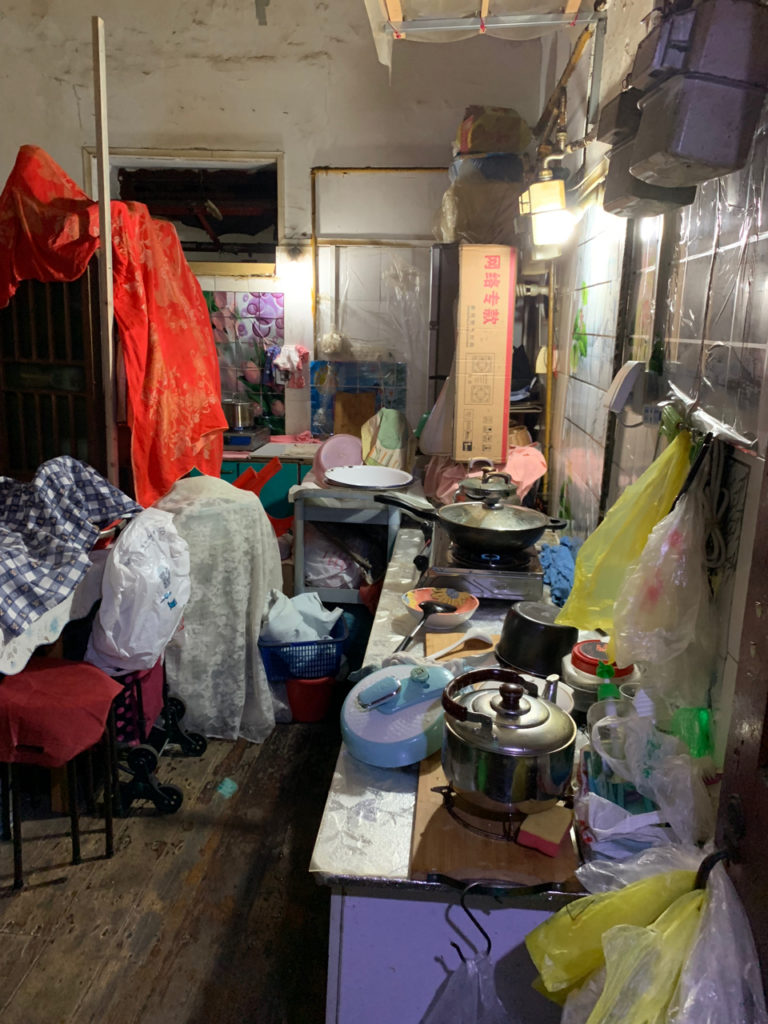
But today, this is the most capitalistic of societies where, as we are told, one of the current Chinese precepts is to strive for “great wealth and power”. There is nothing that can not be purchased here — except perhaps the right to free speech. It is strange seeing the occasional red hammer and sickle emblem on buildings which seems so out of synch next to the Apple stores, the Maserati salesroom, the Armani and Kate Spade shops, as well as the omnipresent KFC and Pizza Hut outlets and Shanghai Disneyland. Lenin and Marx might feel quite confused here.
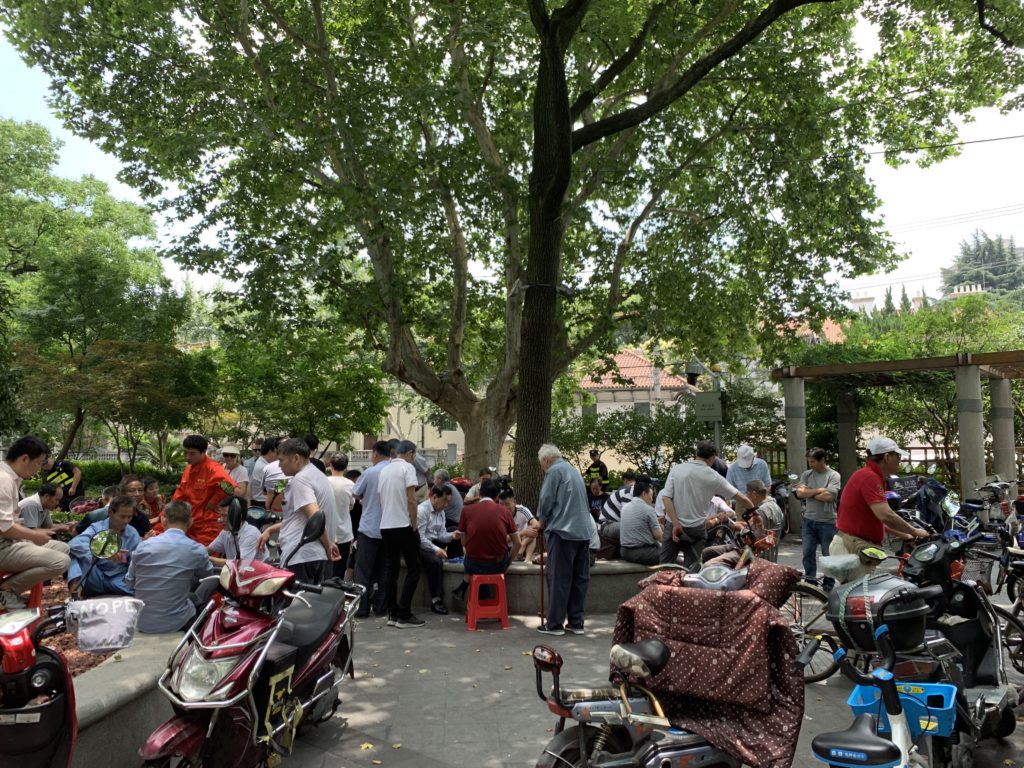
in the French Concession area
Vestiges of old classical China are hard to find, displayed most notably in the traditional Yu Gardens which are surrounded by artificial replicas of ancient buildings selling an abundance of souvenirs, toys and food for the throngs of tourists from everywhere.
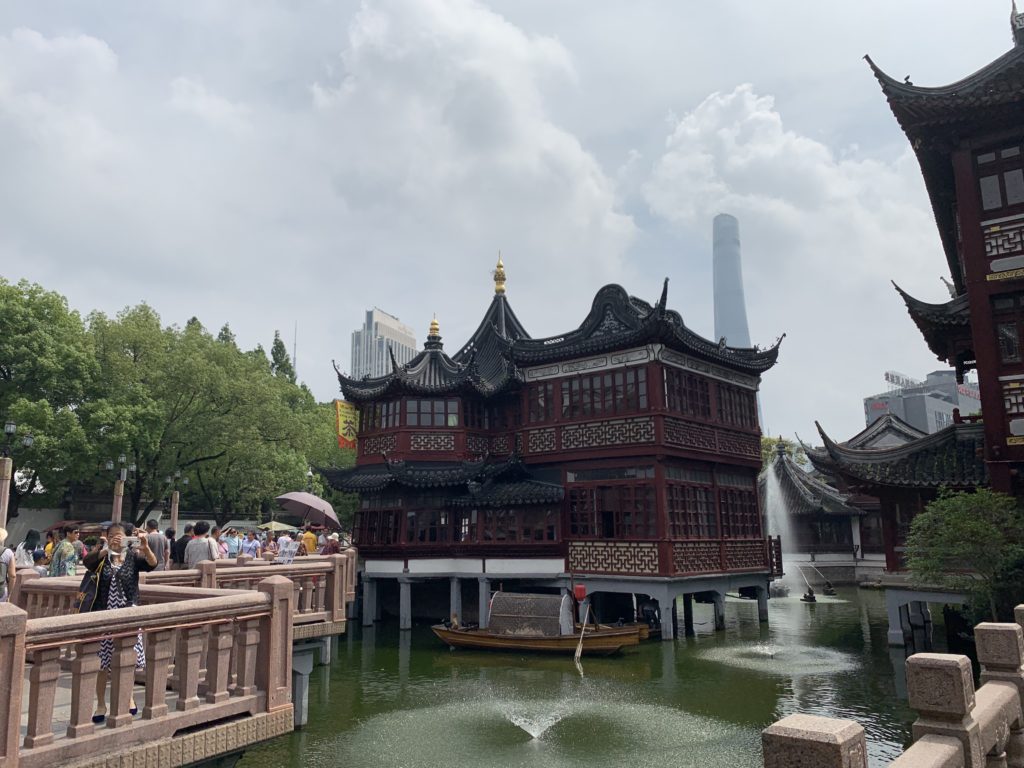

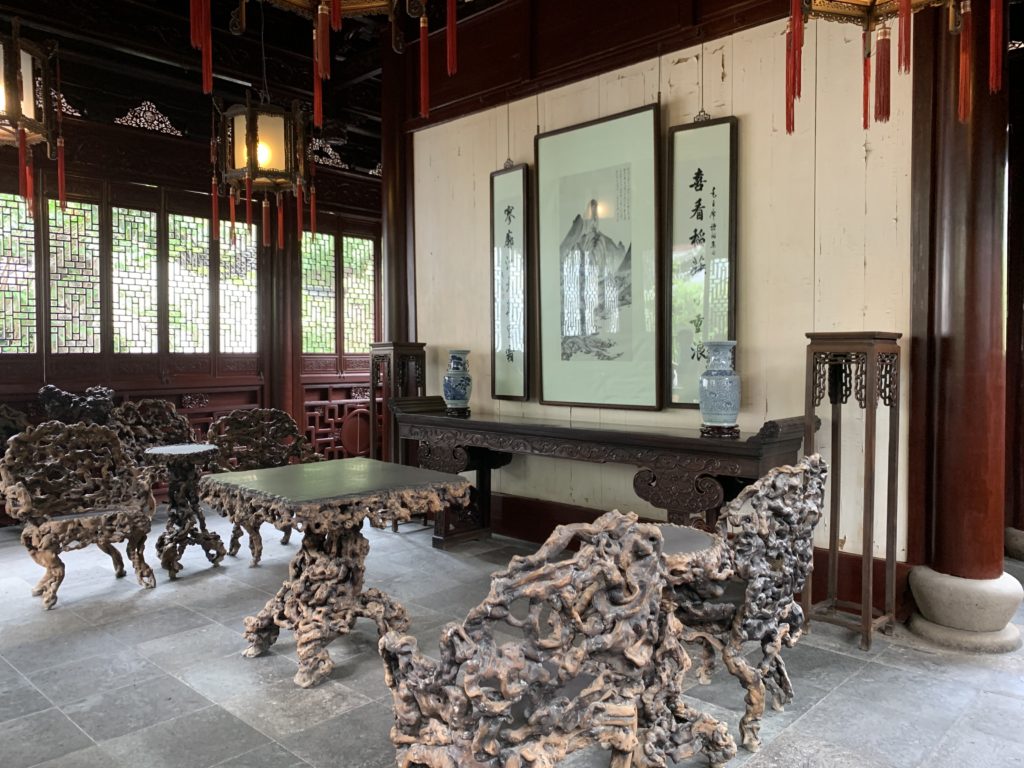
In a large toy store, I am shocked to see a whole shelf of exact replicas of high-speed automatic assault rifles next to the cute bobble toys and dolls.

We are given a quick tour of the highlights of the Shanghai Museum, seeing flash before our eyes the great history of ceramics and porcelain in this vast country, as well as bronzes, and the fine watercolor scrolls. I sense a pride of the people here in their ancient cultural arts, although they may not understand or be educated in their nuances or place in history. I think this is hard for Americans to experience, having only 250 years of arts and crafts, compared to 2500 years of creativity here.
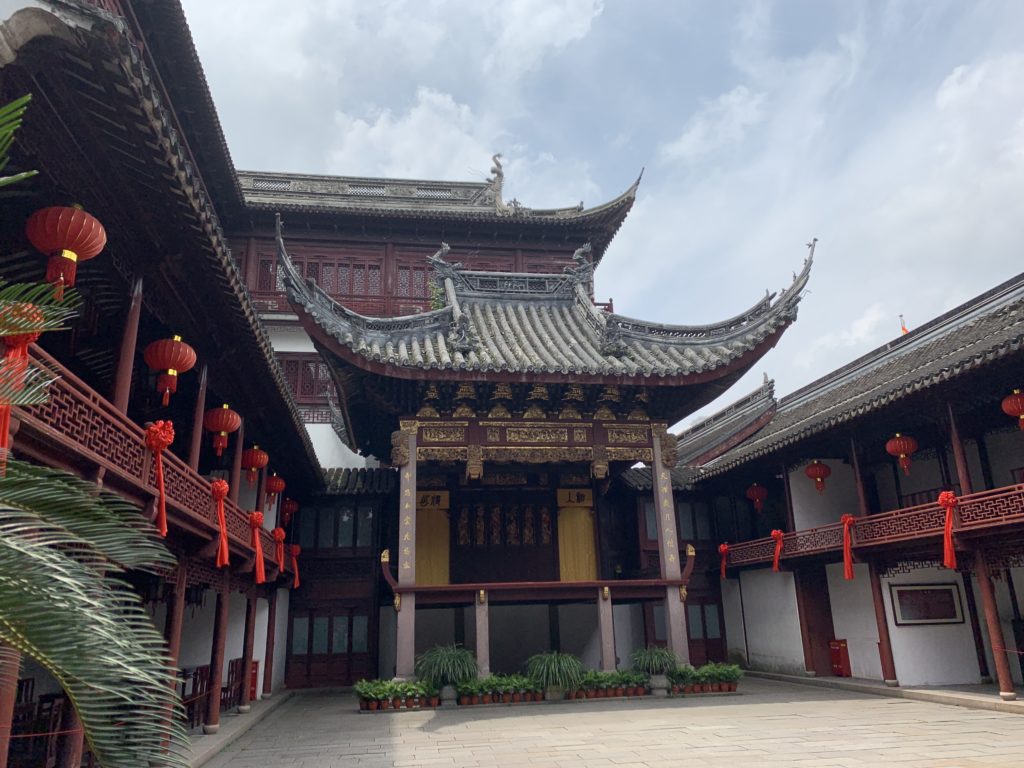
We take a walk with a historian through the French concession area, its narrow streets lined with large leafy plank trees providing shade and a quiet atmosphere. Small arty shops line the lanes, displaying expensive clothes and art, Starbucks are everyone here, as elsewhere throughout China, with the presence of the indigenous Luckin coffee shops about to overtake the American brand. We have some time on our own and I find a small food market in an indoor space, with vegetables piled up on clean tables with a spotless floor and, what is more amazing, cold-storage refrigerated cases displaying raw meat and foods – hygienic and attractive. The fish monger still shows his bloody wares on a table but even that seems as clean as our grocery counters. Our guide indicates that this is not found throughout the country, that here in Shanghai there is a notable bubble of prosperity and demand for modern comforts, elevating the level of people’s lifestyle.
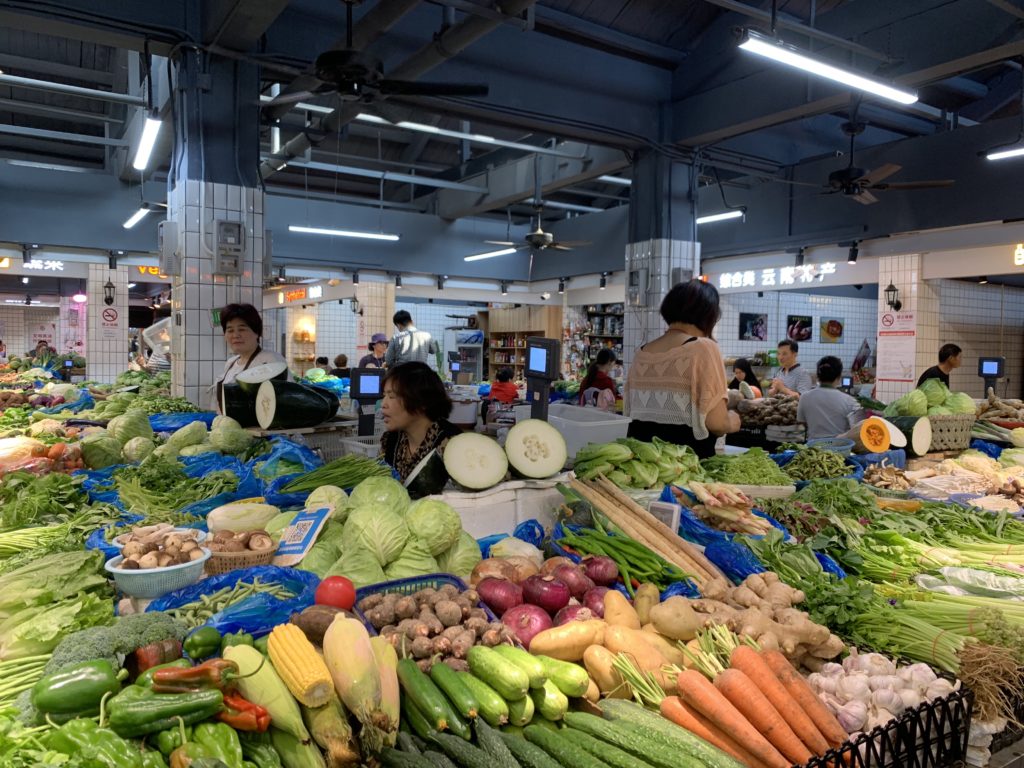
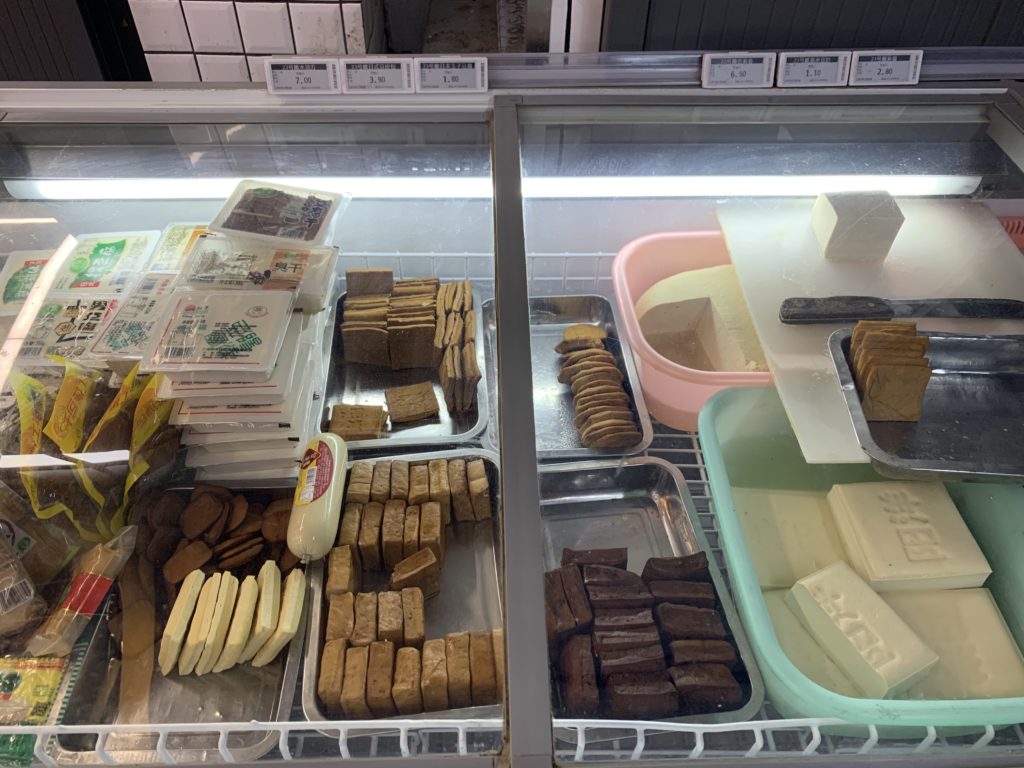
Our last day in Shanghai includes lunch at a 2 Star Michelin restaurant at the Peninsula Hotel, a grand replica of the great art deco style that once lined the Bund, and ends with an elegant dinner at our ultra-modern hotel, the Middle House.
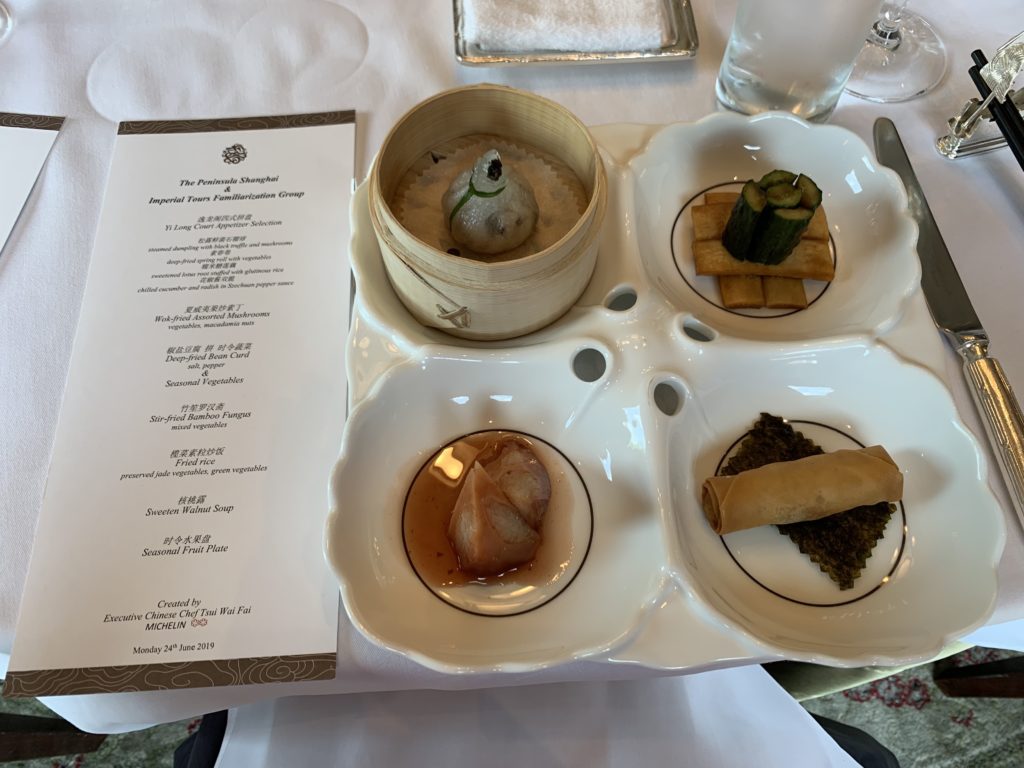
The members of our group begin to peel off as we begin to head our differing ways home, all with a new sense of the expanse of China and the riches it offers its visitors.
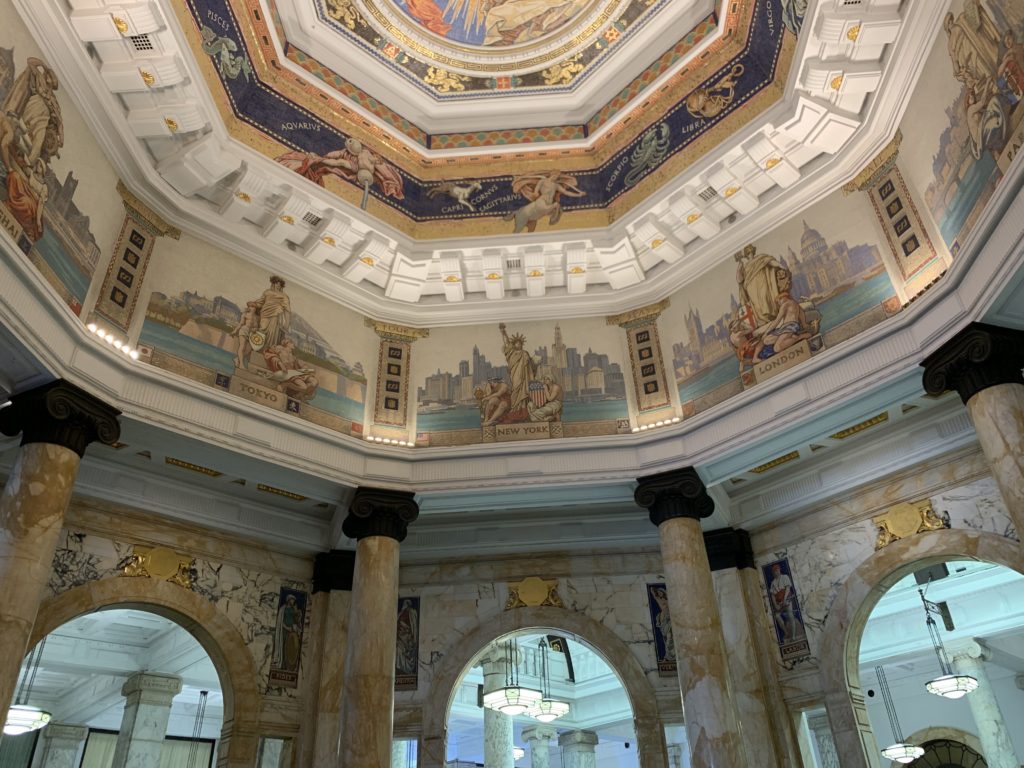
I will remain another day and explore one more treasure of this country, one of its famous canal town.
